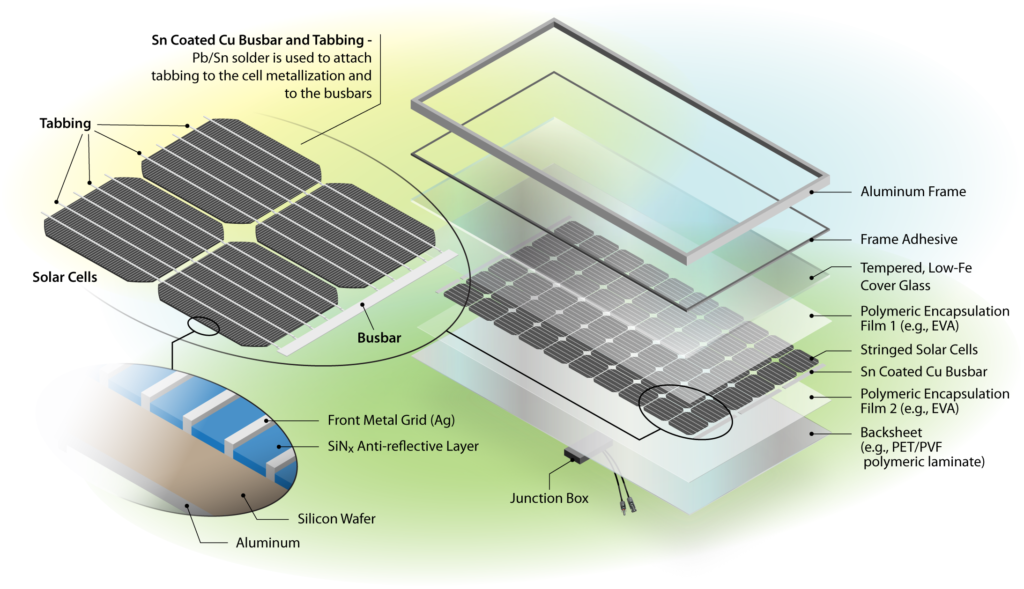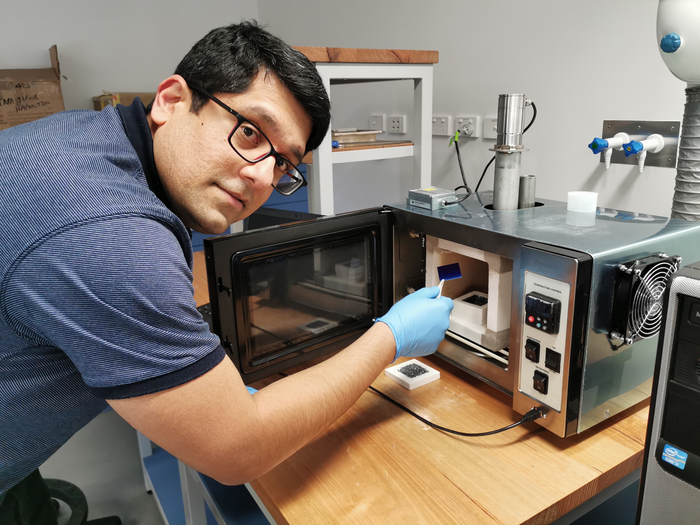As solar power continues its remarkable ascent as a prominent electricity source, it is imperative that we carefully consider the vital aspect of recycling these panels once they reach their “useful life” of approximately 10 to 15 years in commercial settings. Only by addressing this crucial factor can we confidently proclaim solar energy as the pivotal solution for a carbon-neutral future.

This implies that as we embark on the installation of millions of solar panels today, there will inevitably be a corresponding need in the future to recycle these millions of panels.
The responsible recycling of aging solar panels presents an intricate dilemma. While the internal components may hold a potential value ranging from $3 to $5, the intricate process of extracting and repurposing these valuable materials entails a substantial expenditure of up to $30 per panel.

A solar panel, embodies a harmonious fusion of aluminum, glass, silicon, plastic, as well as traces of copper, silver, and a minute amount of lead. The layers are sealed together to make the panels weatherproof but that means taking them apart is difficult. For one thing, the glass on the outside is bonded to the materials underneath, making it nearly impossible to remove it in one piece.
Distinguished researchers from School of Engineering at Macquarie University, Australia have ingeniously devised a solution that holds the potential to successfully address this pressing issue.
The remarkable findings unveiled that upon exposure to the microwave treatment, a solar panel’s protective plastic coating softened to the point where it could be peeled off, meaning the panel could be easily delaminated and its parts retrieved without using harsh chemicals.

This innovative approach offers recyclers the opportunity to reclaim the pristine glass from panels in its entirety, rather than resorting to the conventional method of crushing it and subsequently selling the fragmented pieces as basic material.
By skillfully preserving the integrity of the glass during extraction, you effortlessly enhance the economic viability of solar panel recycling. More viable? Yes. Profitable? Maybe.

This groundbreaking methodology has the potential to unveil valuable resources valued at approximately $12 per solar panel. However, regrettably, the current expenditure to recycle each panel remains at a substantial $30, thus rendering the economic viability of this pursuit inconclusive.
However, if new methods of recycling old panels recover more materials and the cost of dismantling them decreases, recycling may become economically feasible. Decarbonizing is all well and good, but what humanity needs is a fully circular economy.
Reference- The Guardian, PV Magazine, Clean Technica, National Geographic, Interesting Engineering






